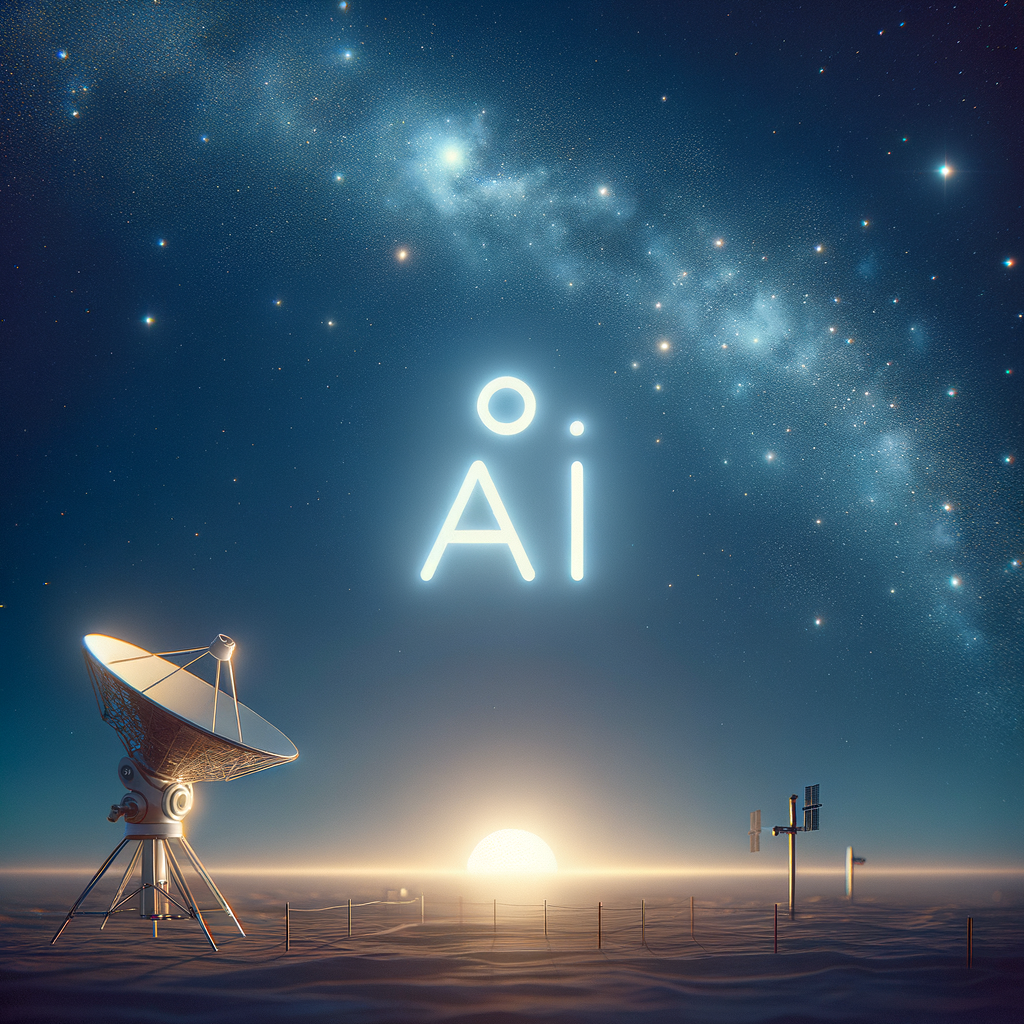
From Code to Cosmos: The Role of AI in Astrophysics and Space Exploration
Explore the transformative role of artificial intelligence in astrophysics and space exploration. This post delves into how AI is being used to analyze astronomical data, simulate celestial phenomena, and assist in interstellar research, pushing the boundaries of our understanding of the universe.
From Code to Cosmos: The Role of AI in Astrophysics and Space Exploration
Artificial intelligence (AI) is not just the foundation of technological advancements on Earth, but it has increasingly become a critical tool in exploring the cosmos. From the edge of our solar system to the farthest observable galaxies, AI facilitates enhancements in data processing, simulation, and interstellar exploration. This blog aims to encapsulate the dynamic and multifaceted applications of AI in astrophysics and space research, shedding light on the ongoing revolution in this awe-inspiring field.
Understanding the Cosmic Challenge
Astrophysics, the branch of astronomy that deals with the physics of celestial objects and phenomena, involves immense datasets mainly due to advanced telescopic missions and observatories. Traditional data analysis methods often fall short due to the complexity and scale of these datasets, which necessitates the integration of AI tools.
AI's Contribution in Data Analysis
-
Data Processing and Pattern Recognition: AI algorithms like convolutional neural networks play a pivotal role in sifting through the deluge of data generated by telescopes. These algorithms can identify and categorize celestial bodies more quickly and accurately than human capabilities.
-
Detecting Anomalies: Machine learning models can detect anomalies in astronomical data, such as unusual star formations or unexpected cosmic emissions, guiding further investigative research.
Enhancing Simulations
AI also enhances simulations of cosmic phenomena, allowing scientists to create more accurate models of everything from galaxy formation to black holes.
-
Simulation Fidelity: Using AI, simulations run faster and with greater fidelity, helping to analyze phenomena like dark matter distribution and visualizing the events such as the Big Bang.
-
Predictive Modelling: AI allows for refined predictive models which anticipate celestial events or changes, aiding in more strategic planning of observational missions.
AI's Role in Real-Time Analysis
In dynamic scenarios like asteroid tracking or monitoring transient astronomical events, AI provides real-time data analytics, which is crucial for making immediate informed decisions, thereby enhancing the mission's success rates and minimizing risks.
Satellite and Rover Autonomy
AI systems are crucial for the autonomy of satellites and Mars rovers, enabling them to make real-time decisions based on sensory input. This form of autonomy reduces the need for constant human oversight and facilitates operations that would otherwise be impossible due to time delays in communications over astronomical distances.
Interstellar Research and AI
AI contributes significantly to the search for extraterrestrial life and understanding the universe's origins:
-
Exoplanet Discovery: Machine learning techniques have boosted the discovery of exoplanets by analyzing the slight dimming of stars when a planet passes in front of them, as captured by telescopes.
-
Spectral Analysis: AI helps in the processing of spectral data to determine the chemical composition of celestial bodies, which is vital in the search for bioindicators of extraterrestrial life.
Challenges and Future Perspectives
Despite significant strides, the path of AI in astrophysics is not without challenges. Issues like bias in AI models, data privacy, and the need for high-quality training data are continually addressed by researchers.
However, the future looks promising. Advances in quantum computing, coupled with AI, may well redefine our capacity to crunch cosmic data, offering unprecedented insights into the mysteries hitherto unsolved.
Conclusion
AI in astrophysics embodies the spirit of exploration, transcending the terrestrial confines and enabling us to reach for the stars both literally and figuratively. As our algorithms grow more sophisticated, the likelihood of groundbreaking discoveries grows exponentially. Perhaps the greatest takeaway is the potential AI holds in transforming our understanding of the universe, securing its place as an indispensable tool in space exploration.